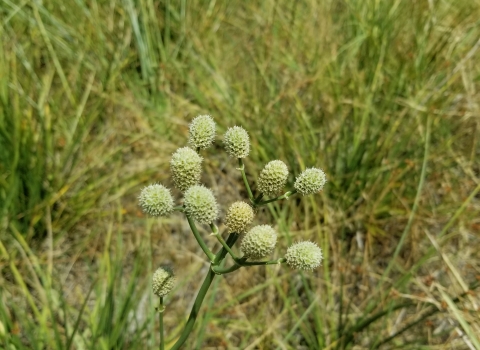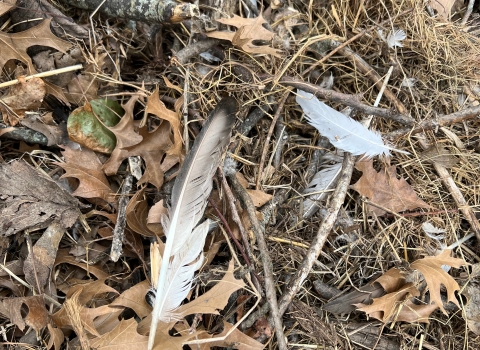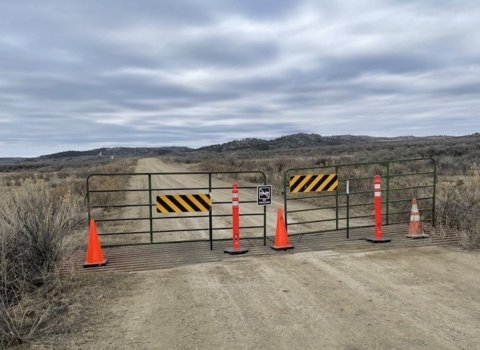PORTLAND, Oregon – The U.S. Fish and Wildlife Service (Service) is reevaluating the status of the Northern California-Southern Oregon (NCSO) Distinct Population Segment (DPS) of fisher to determine if listing under the Endangered Species Act is warranted. The Service encourages the public to provide information about this DPS to ensure our analysis contains the best available scientific and commercial information.
Fishers are medium-sized North American mammals within the same family as weasels, mink, martens, and otters. The NCSO DPS of fisher is found in southern Oregon and northern California across multiple geographic regions representing a variety of forest types and ecological conditions.
For the status review, the Service is particularly interested in new information regarding the following effects on the NCSO DPS of fisher:
- Anticoagulant rodenticides and other toxicants.
- The threat of wildfire, including studies or information pertaining to current and future trends in wildfire frequency and severity, and information pertaining to the response of fisher to post-fire landscapes.
- Changes in low- to mid-elevation forests within the range, including the scope and extent of vegetation management on Federal and non-Federal lands.
- Climate change projections to end of century that are reasonably likely to impact the NCSO DPS.
- Any effects associated with population size and distribution.
- Conservation efforts designed to benefit fishers and their habitat within the NCSO DPS that have been planned or implemented after 2019.
In 2014, the Service proposed listing the West Coast DPS of fisher in Washington, Oregon, and California as a threatened species. Following receipt of new information, we revised the delineation of this entity into two surviving, historically native subpopulations — the Southern Sierra Nevada DPS and the NCSO DPS. The Sierra Nevada DPS was determined to be an endangered species, and the NCSO DPS was found to be not warranted for listing (85 FR 29532). In response to a legal challenge, we are reassessing the status of the NCSO DPS and will complete a new 12-month finding to determine if listing the DPS as threatened or endangered is warranted by August 21, 2025.
Although we will accept information from interested parties at any time, to ensure full consideration and incorporation of new data, the Service requests submittal of new information by close of business October 26, 2023.
Information can be submitted electronically through www.regulations.gov under docket number FWS-R1-ES-2023-0123 or sent via U.S. mail to: Public Comments Processing, Attn: FWS-R1-ES-2023-0123, U.S. Fish and Wildlife Service, MS: PRB/3W, 5275 Leesburg Pike, Falls Church, VA 22041–3803. We will post all new information received on www.regulations.gov.
The Service will continue to work proactively with the timber industry on voluntary conservation efforts that protect fisher in a way that supports sustainable timber management and local communities. Conservation efforts benefiting fisher are one of several factors we consider when reviewing the status of species.
The U.S. Fish and Wildlife Service works with others to conserve, protect and enhance fish, wildlife, plants and their habitats for the continuing benefit of the American people. For more information, visit https://www.fws.gov/about/region/pacific and connect with us on social media: Facebook, Instagram, Twitter, LinkedIn, Flickr, and YouTube.



